How to Store Baby Clothes Long Term: Top Tips

When it comes to preserving those cherished baby clothes, many parents wonder about the best methods for long-term storage. Whether you’re saving them for sentimental reasons, planning for future siblings, or wanting to pass them down to friends and family, knowing how to store baby clothes long term is essential. With proper techniques, you can keep these adorable outfits in pristine condition for years to come.
Firstly, it’s important to clean all baby clothes thoroughly before storage. Stains and residues can become permanent over time and may attract pests. Use a gentle, baby-friendly detergent to wash the clothes, ensuring that all soap is rinsed out completely. Once washed, make sure the garments are completely dry before packing them away to prevent mold and mildew growth.
Next, consider the storage containers. Opt for airtight, plastic bins or vacuum-sealed bags to keep clothes safe from moisture and pests. Label each container clearly, indicating the size and season of the clothes inside. This will make it easier to find specific items when you need them.
Additionally, the storage environment is crucial. Store the containers in a cool, dry place, away from direct sunlight and extreme temperatures. An attic or basement might seem like a good idea, but these areas can be prone to temperature fluctuations and dampness.
By following these initial steps, you’ll be well on your way to preserving those precious baby clothes. Ready to explore more? Check out the new trending baby products today.
Choosing the Right Storage Containers
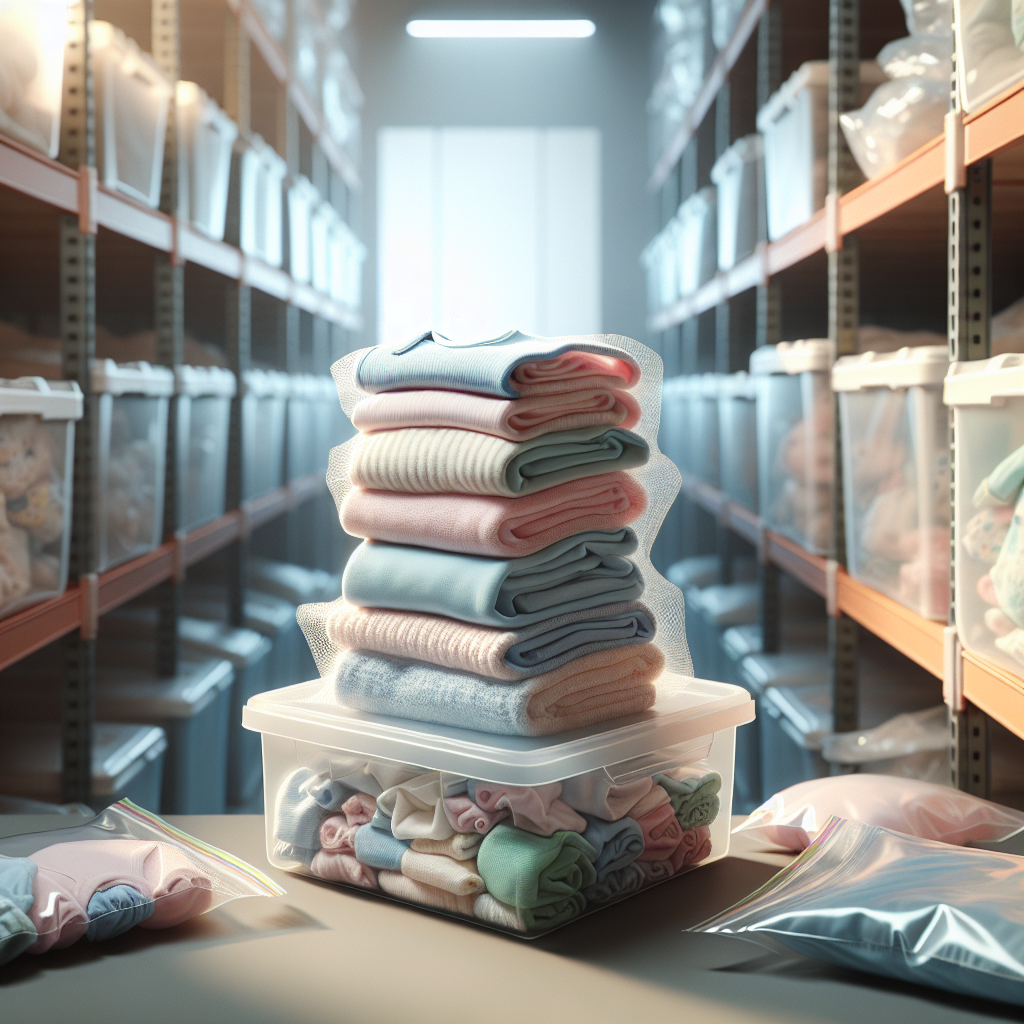
One of the most critical aspects of how to store baby clothes long term is selecting the right storage containers. The right choice can make a significant difference in preserving the quality and condition of your baby clothes.
Airtight plastic bins are among the best options for long-term storage. These containers protect against moisture, dust, and pests, ensuring that the clothes remain in excellent condition. Opt for bins that are transparent or have clear labeling to easily identify the contents without having to open them.
For those who prefer a more compact storage solution, vacuum-sealed bags are an excellent alternative. These bags remove air, reducing the amount of space the clothes take up while also providing a barrier against moisture and insects. However, it’s essential to ensure that the clothes are completely dry before vacuum sealing them to prevent mold growth.
If you’re looking for an eco-friendly option, consider using cotton or linen storage bags. These natural materials allow for airflow, which can help prevent musty odors. However, they do not offer the same level of protection against pests and moisture as plastic containers or vacuum-sealed bags. To mitigate this, you can place cedar blocks or lavender sachets inside the bags to deter insects.
Regardless of the type of container you choose, adding silica gel packets can help absorb any excess moisture. This small step can go a long way in preserving the quality of your baby clothes over time.
By carefully selecting the right storage containers, you’ll provide an optimal environment for your baby clothes, ensuring they stay fresh and ready for future use.
Preparing Baby Clothes for Storage
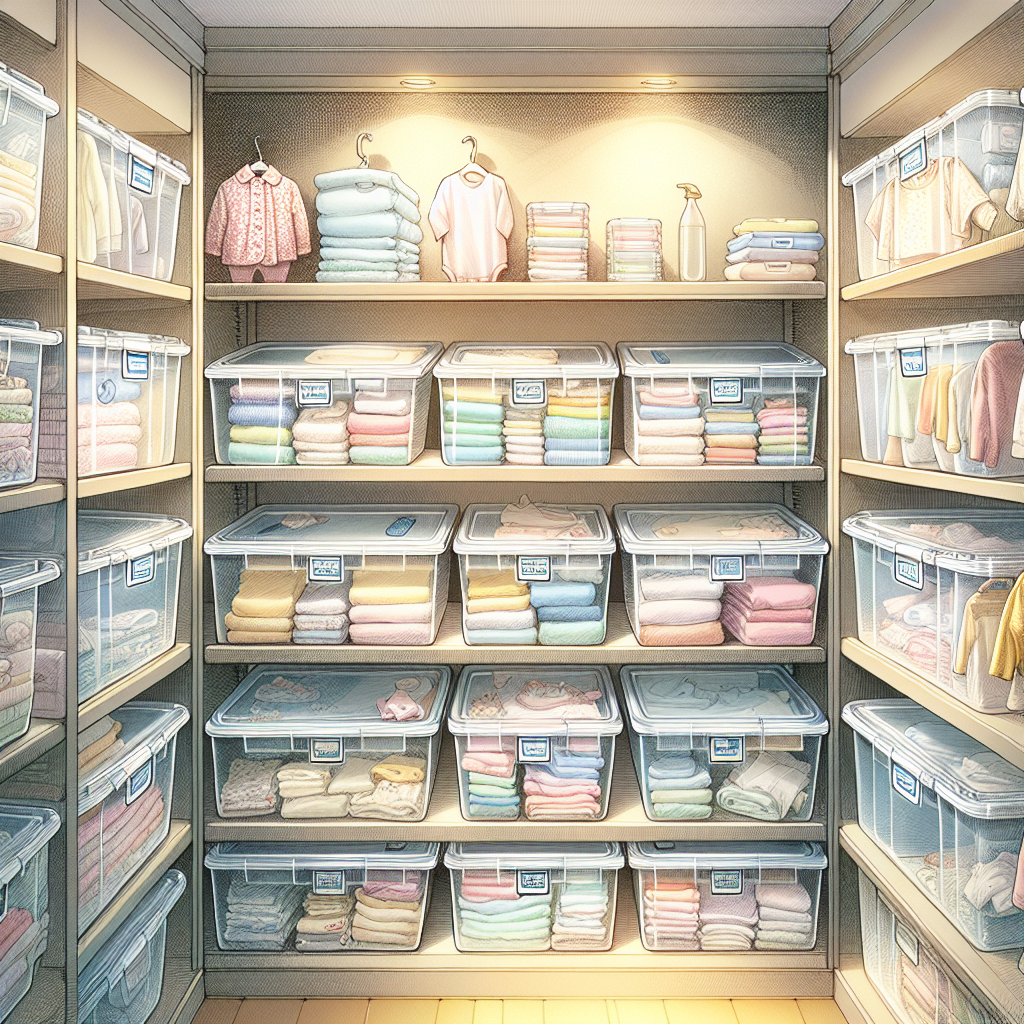
Before you put baby clothes into storage, it’s crucial to prepare them properly to ensure they remain in pristine condition. Proper preparation can prevent damage, discoloration, and unpleasant odors.
Start by washing all the clothes thoroughly. Use a gentle detergent designed for baby clothes to remove any stains, dirt, or oils that could cause fabric deterioration over time. Avoid using fabric softeners, as they can leave a residue that attracts pests and can yellow the fabric.
After washing, dry the clothes completely. Any lingering moisture can lead to mold and mildew growth, which can ruin the fabric and create a musty smell. It’s best to air dry baby clothes or use a dryer on a low heat setting to ensure they are completely dry.
Once the clothes are dry, inspect them for any stains that might have been missed during the initial wash. Treat these stains promptly with a baby-safe stain remover. For stubborn stains, you might need to soak the clothes in a mixture of water and vinegar, but always ensure the fabric is rinsed thoroughly afterward.
Next, fold the clothes neatly to minimize wrinkles and creases. Avoid using metal hangers as they can rust and leave marks on the fabric. Instead, opt for padded hangers if you choose to hang any items.
Consider placing acid-free tissue paper between layers of clothing to help maintain their shape and prevent yellowing. This is particularly useful for delicate items like christening gowns or special occasion outfits.
Lastly, ensure that the storage area is clean and cool, with a stable temperature. Avoid places like attics or basements where temperature fluctuations and humidity levels can be extreme.
By following these steps to prepare baby clothes for storage, you’ll ensure they remain in top condition, ready to be used again when needed.
Optimal Storage Conditions for Baby Clothes

Once your baby clothes are properly prepared, the next step is to store them in a suitable environment. Optimal storage conditions are essential to preserve the quality and longevity of baby clothes. Here are some key considerations:
Temperature and Humidity: The storage area should be kept at a consistent, moderate temperature. Extreme heat or cold can cause fabric to deteriorate and colors to fade. Aim for a temperature between 55 and 75 degrees Fahrenheit. Humidity levels should be controlled as well, ideally between 30% and 50%, to prevent mold and mildew growth.
Light Exposure: Prolonged exposure to light, especially sunlight, can cause fabrics to fade and weaken. Store baby clothes in a dark place or use opaque storage containers to block out light. If you must store them in a room with windows, consider using UV-blocking window treatments.
Air Circulation: Good air circulation is vital to prevent musty odors. Avoid tightly sealing clothes in plastic bags, which can trap moisture and cause mildew. Instead, use breathable garment bags or cotton storage bins. These materials allow air to circulate while still protecting the clothes from dust and pests.
Pest Control: Pests such as moths and silverfish can cause significant damage to fabrics. To deter these pests, use natural repellents like cedar chips or lavender sachets in your storage area. Avoid using mothballs, as they contain chemicals that can be harmful to babies.
Cleanliness: Ensure the storage area is clean and free from dust and dirt. Regularly clean and vacuum the area to minimize the risk of contamination. Additionally, avoid storing baby clothes on the floor where they can easily pick up dirt and be more accessible to pests.
By maintaining optimal storage conditions, you can ensure that baby clothes remain fresh and in excellent condition for future use. Whether you’re saving them for a younger sibling or passing them on to another family, these steps will help preserve their quality and sentimental value.
Labeling and Organizing Stored Clothes
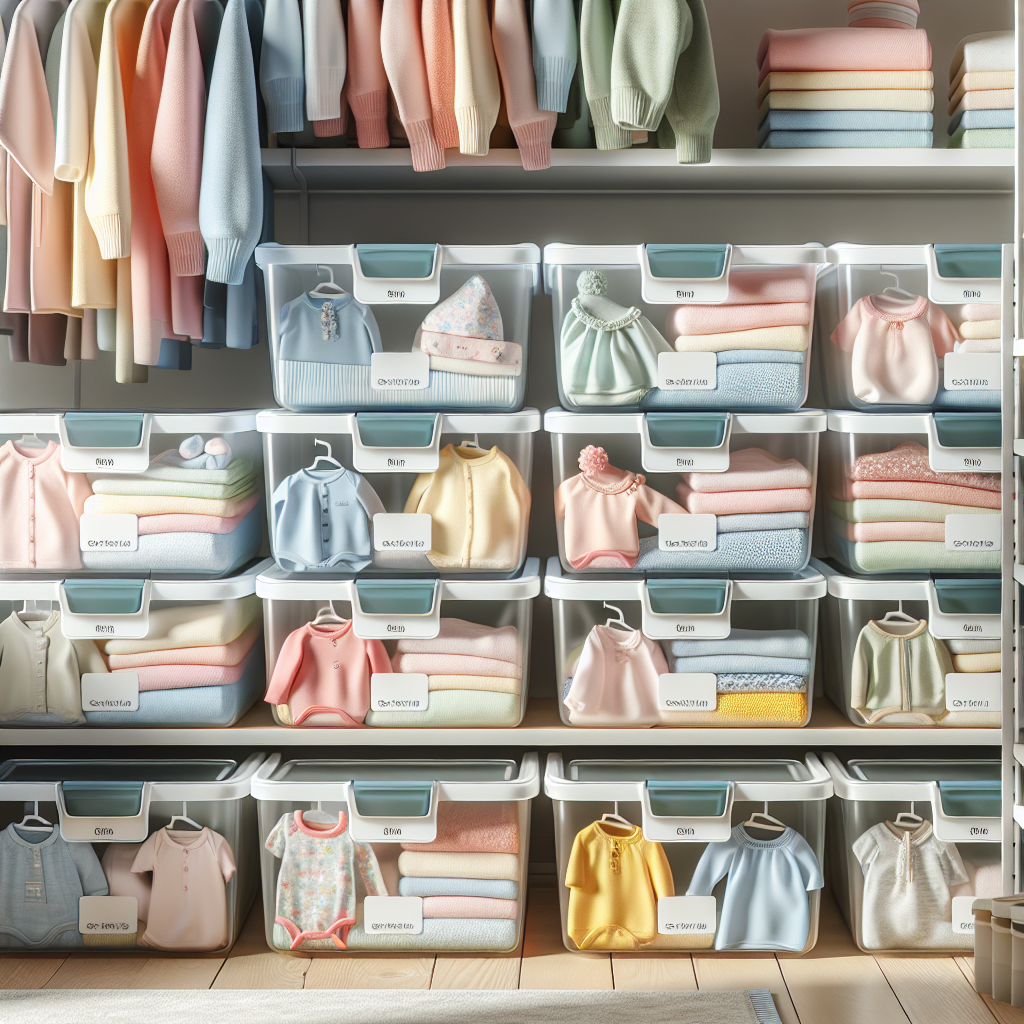
Properly labeling and organizing stored baby clothes can make it significantly easier to find what you need when the time comes to use them again. This step not only saves time but also helps in maintaining the quality of the clothes by reducing unnecessary handling. Here are some tips to keep everything organized and easily accessible:
Use Clear, Consistent Labels: Label each storage container clearly. Include details such as the size range, season, and type of clothing (e.g., ‘0-3 months, winter, onesies’). Using a consistent labeling system will make it much simpler to locate specific items later on.
Group by Size and Season: Organize baby clothes by size and season before packing them away. This way, when you need a particular size for a specific season, you won’t have to dig through multiple boxes. For example, store all ‘6-9 months, summer’ clothes together in one container.
Maintain an Inventory: Keeping an inventory list of what you have stored can be extremely helpful. You can create a simple spreadsheet or use a notebook to record the contents of each container. Note the label on the container and list the items inside. This inventory can be a lifesaver when you’re searching for specific items later.
Prioritize Accessibility: Store frequently needed items in easily accessible places. For example, if you know you’ll need the ‘0-3 months’ clothes soon, place that container on top or in the front. Less frequently needed items can be stored further back or on higher shelves.
Use Dividers and Compartments: Within larger containers, use smaller boxes or dividers to separate different types of clothing. For instance, you can use small fabric bins to keep socks, hats, and mittens organized within a larger bin of baby clothes. This helps prevent items from getting mixed up and makes it easier to find smaller pieces.
By taking the time to label and organize stored baby clothes, you not only enhance their preservation but also make your life easier when it’s time to retrieve them. This approach ensures that each clothing item stays in its best possible condition, ready for future use or to be cherished as keepsakes.
Regularly Inspecting Stored Baby Clothes
Even with the best storage practices, it’s essential to regularly inspect stored baby clothes to ensure they remain in good condition. Periodic checks can help identify any issues such as damage, mold, or pest infestations before they become significant problems. Here are some guidelines to follow:
Set a Schedule: Establish a routine for inspecting your stored baby clothes. A good rule of thumb is to check them at least once every six months. Mark it on your calendar so you don’t forget. Regular inspections help catch any issues early, making it easier to address them.
Look for Signs of Damage: When inspecting, carefully examine each item for any signs of damage. This includes holes, tears, or fraying that may have occurred over time. Pay special attention to seams and delicate fabrics, as these areas are more prone to wear and tear.
Check for Moisture and Mold: Moisture is the enemy of stored clothes. Look for any signs of dampness or mold, which can cause irreparable damage to fabrics. If you detect any moisture, remove the affected items immediately and allow them to dry thoroughly. Consider adding silica gel packets to your storage containers to absorb excess moisture.
Inspect for Pests: Pests such as moths can wreak havoc on stored clothing. Look for any signs of pest activity, including holes in the fabric, larvae, or eggs. If you find evidence of pests, take action to eradicate them and consider using repellents or cedar blocks in your storage containers to deter future infestations.
Refresh and Rotate: Occasionally, it may be helpful to refresh your stored clothes by taking them out, airing them, and refolding them. This helps prevent permanent creases and keeps the clothes smelling fresh. Rotating the items can also ensure that the clothes on the bottom of the pile don’t get crushed over time.
By regularly inspecting your stored baby clothes, you can ensure they remain in the best possible condition, ready for future use or to be passed down through generations. Taking these proactive steps helps safeguard your precious memories and investments.
Check out the new trending baby products today to keep your little one stylish and comfortable!
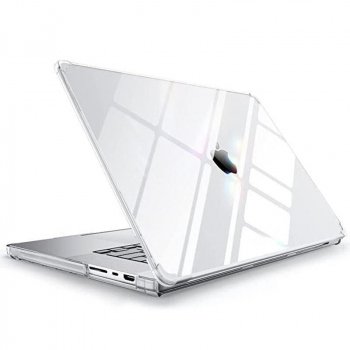
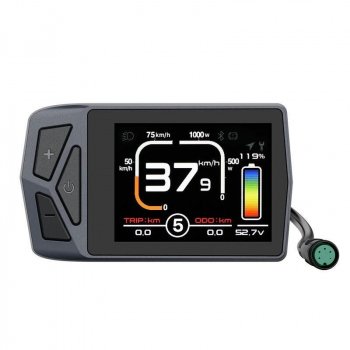
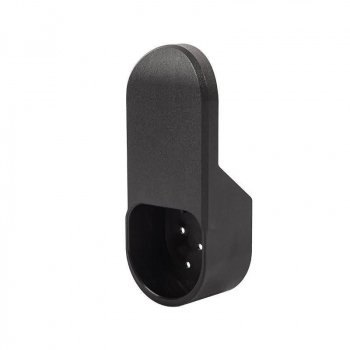















Leave a comment